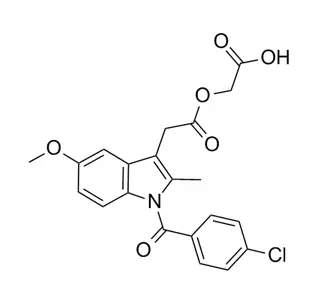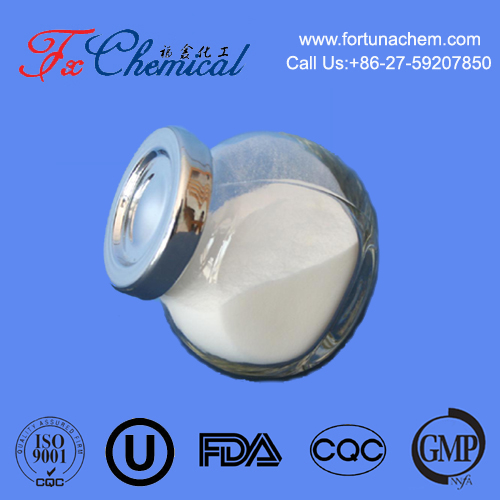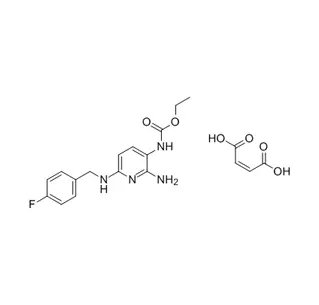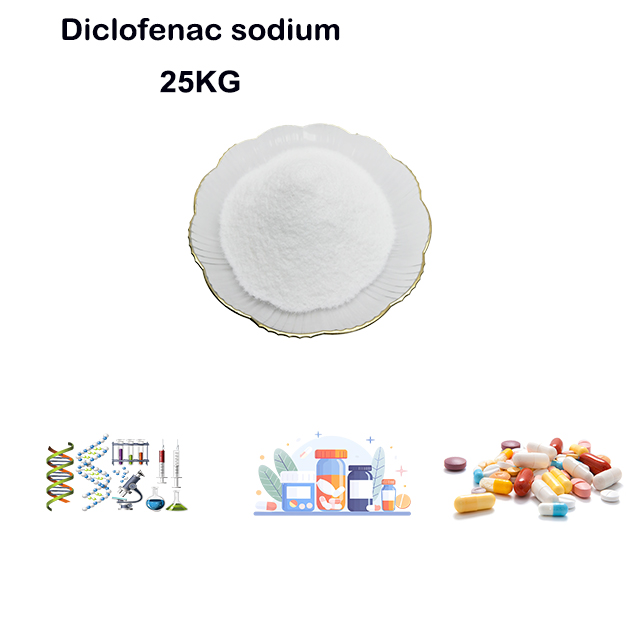
Search

Search

主图.jpg)
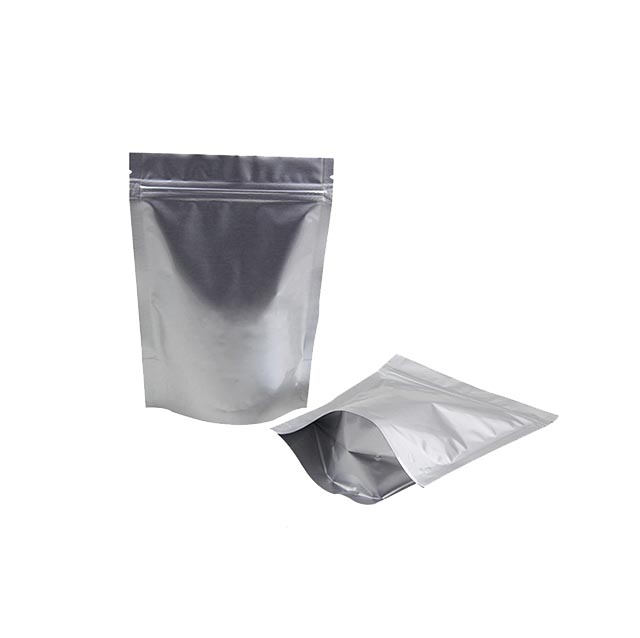
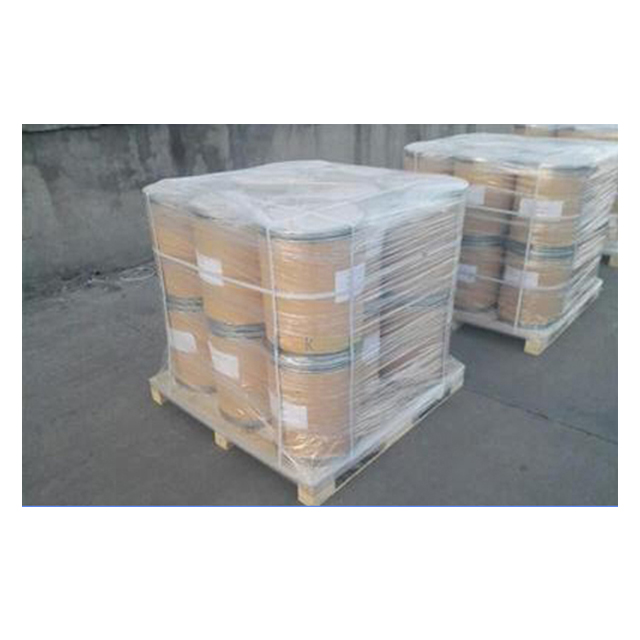
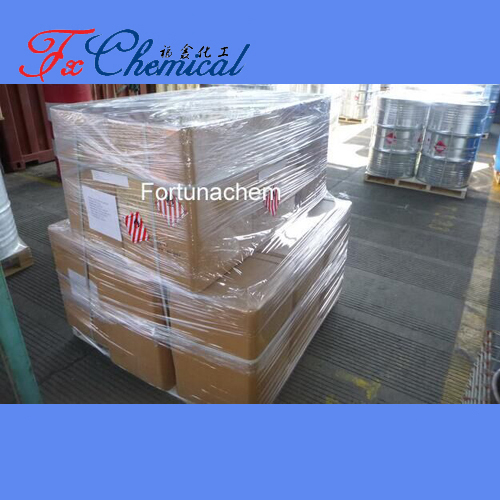

主图.jpg)




Here's a concise summary of Dynorphin A(1-13) Acetate:
Identity:
A 13-amino acid fragment (Tyr-Gly-Gly-Phe-Leu-Arg-Arg-Ile-Arg-Pro-Lys-Leu-Lys) of the endogenous opioid peptide Dynorphin A, stabilized as an acetate salt for research.
Function:
Potent and selective κ-opioid receptor (KOR) agonist. Modulates pain, stress responses, mood, and addiction pathways in the CNS.
Key Properties:
Bioactive core of Dynorphin A.
Acetate salt enhances solubility/stability.
Retains high affinity for KOR.
Primary Use:
Neuroscience/pharmacology research:
Studying KOR signaling, pain mechanisms, addiction, and depression.
Tool compound for drug development.
Safety:
Handle as a bioactive neuropeptide; follow lab safety protocols.
Distinct from μ/δ-opioid agonists (e.g., morphine, enkephalins).
Here's a concise summary of Dynorphin A(1-13) Acetate within 100 words:
Chemical Identity:
A tridecapeptide (13-amino acid fragment) derived from the endogenous opioid neuropeptide Dynorphin A.
Sequence: H-Tyr-Gly-Gly-Phe-Leu-Arg-Arg-Ile-Arg-Pro-Lys-Leu-Lys-OH · xCH₃COOH
Acetate Salt: The peptide is complexed with acetate counterions for solubility and stability.
Key Properties & Function:
Potent endogenous κ-opioid receptor (KOR) agonist.
Binds selectively to KORs in the central nervous system.
Involved in pain modulation, stress responses, mood regulation, and addiction pathways.
Primary Uses:
Neuroscience Research: Studying opioid receptor function, pain mechanisms, addiction, and mood disorders.
Pharmacology: Tool compound for KOR-targeted drug development.
Note: Retains core bioactivity of full-length Dynorphin A but offers enhanced stability/solubility for research. Handle as a bioactive peptide (follow safety protocols).
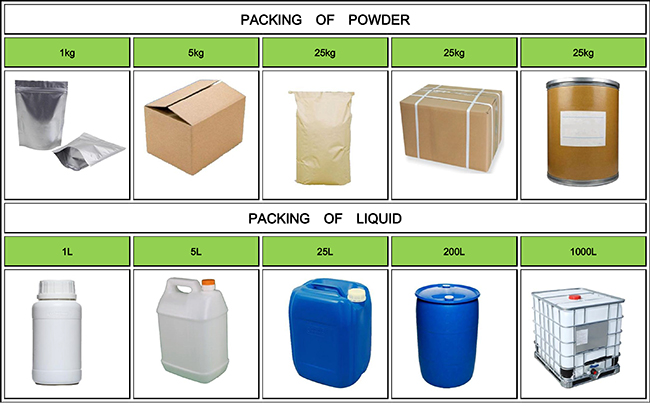



Fortunachem Provides Not Only Professional Chemical Products But Also Professional Help
Keeping you up-to-date with all the latest information, news, and events about Fortunachem!

Quick Links
Add:
E-mail:
 English
English  Español
Español  français
français  العربية
العربية 